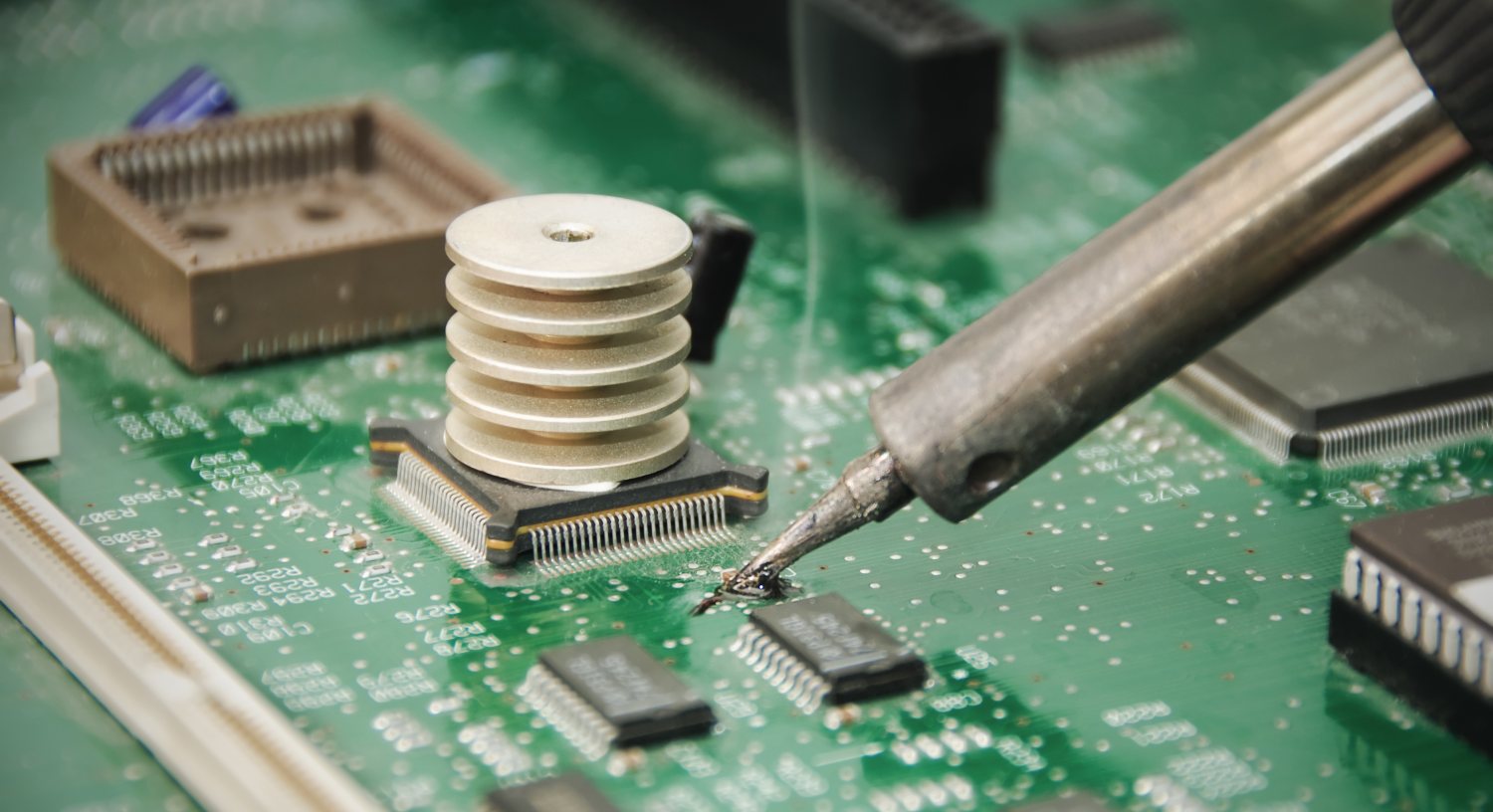In the fast-paced world of international trade, the benefits of rugged industrial electronics cannot be overstated. As global commerce continues to evolve, the demand for reliable and durable technology is more crucial than ever. For exporters and importers, understanding these benefits can lead to more efficient operations and a significant competitive edge.

Introduction to Rugged Industrial Electronics
Rugged industrial electronics are specifically designed to withstand harsh environments and challenging conditions. Unlike standard electronics, these devices are built to last, offering superior performance in extreme temperatures, dust, moisture, and mechanical shocks. This makes them ideal for industries that require robust and reliable technology.
Why Rugged Electronics Matter in Trade
For businesses involved in exporting and importing, the reliability of their equipment is paramount. The ability to operate seamlessly under diverse conditions ensures that goods are transported safely and efficiently. This reliability translates to fewer delays, reduced costs, and improved customer satisfaction.
Durability in Extreme Conditions
One of the most compelling benefits of rugged industrial electronics is their durability. These devices are engineered to perform in extreme conditions that would typically damage standard electronics. For instance, in the transport of goods across different climates, rugged electronics maintain their functionality, ensuring uninterrupted operations.
Enhanced Reliability
Reliability is another critical factor for exporters and importers. Rugged electronics offer a level of dependability that standard devices cannot match. This reliability is crucial when it comes to managing logistics, inventory, and communication across borders.
Cost Efficiency
While the initial investment in rugged electronics may be higher, the long-term savings are substantial. Their extended lifespan and reduced maintenance needs lead to lower total cost of ownership. This efficiency can significantly impact the bottom line for businesses in the trade sector.
Applications in Export and Import
Rugged industrial electronics are utilized in various aspects of export and import operations. From logistics management to communication systems, these devices play a crucial role in ensuring smooth and efficient processes.
Logistics and Supply Chain Management
In logistics, the ability to track shipments in real-time and manage supply chains effectively is vital. Rugged electronics provide the tools necessary for accurate tracking and reporting, ensuring that goods reach their destination on time. For more details on how rugged systems ensure efficiency, check this Open Architecture.
Communication Systems
Effective communication is essential for any successful trade operation. Rugged industrial electronics offer robust communication solutions that function flawlessly in challenging environments, ensuring that all parties involved in the export and import process stay connected. For insights into how communication can be enhanced, consider exploring this article.
Inventory Management
Efficient inventory management is crucial for exporters and importers. Rugged devices enable precise tracking and management of inventory levels, reducing the risk of overstocking or stockouts. This leads to better decision-making and streamlined operations.
Challenges and Considerations
While the benefits are clear, adopting rugged industrial electronics also comes with its challenges. Businesses must consider factors such as cost, training, and integration with existing systems. However, these challenges are often outweighed by the long-term benefits.
Cost Implications
The initial cost of rugged electronics can be a barrier for some businesses. However, the investment is justified by the reduced maintenance costs and increased lifespan of these devices. Businesses should weigh these factors carefully when making decisions.
Training and Integration
Integrating rugged electronics into existing systems requires training and adaptation. Employees must be trained to use the new technology effectively. Additionally, businesses must ensure that these devices are compatible with their current infrastructure.
Future Trends in Rugged Industrial Electronics
As technology continues to advance, the future of rugged industrial electronics looks promising. Innovations in materials and design are expected to enhance the durability and functionality of these devices, making them even more valuable to exporters and importers.
Advancements in Materials
Future developments in materials science are likely to lead to even more robust and lightweight electronics. These advancements will further increase the appeal of rugged devices for businesses in the trade sector.
Integration with IoT
The integration of rugged electronics with the Internet of Things (IoT) is another exciting trend. This combination will enable real-time data collection and analysis, offering businesses deeper insights into their operations and helping them make more informed decisions.
Conclusion
The benefits of rugged industrial electronics for exporters and importers are undeniable. From enhanced durability and reliability to cost efficiency and future potential, these devices offer a wealth of advantages. As global trade continues to grow, embracing rugged technology will be key to staying competitive in the marketplace.

FAQs
What are rugged industrial electronics?
Rugged industrial electronics are devices designed to withstand harsh conditions and environments, offering enhanced durability and reliability.
How do rugged electronics benefit exporters and importers?
Rugged electronics improve the reliability of operations, reduce maintenance costs, and enhance communication and logistics management for exporters and importers.
Are there any challenges in adopting rugged electronics?
Challenges include higher initial costs, training requirements, and integration with existing systems. However, these are often outweighed by the long-term benefits.


